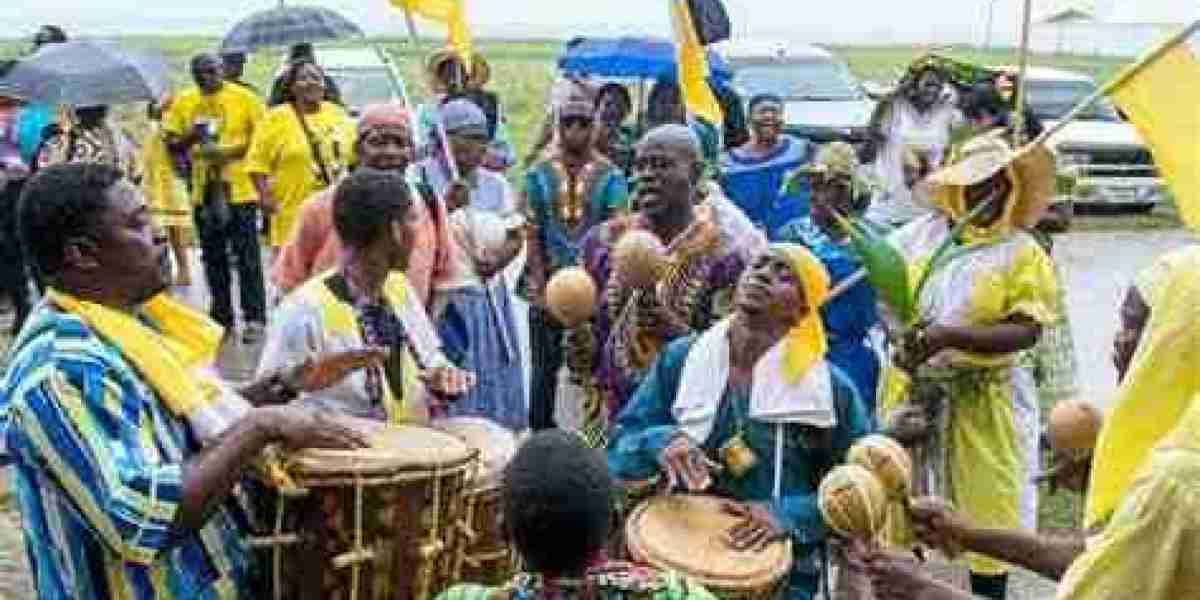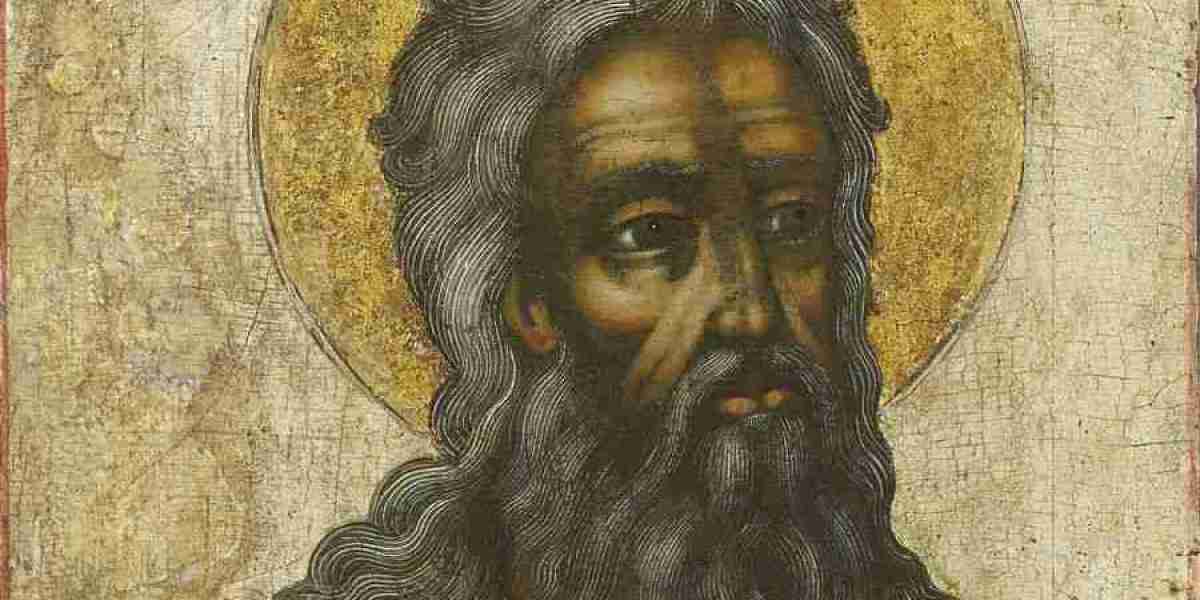History has it that the indigenous people of the south (of Africa) originated from the north in the forests along the Nile river in Egypt. According to oral historian Senzo “Maswidi” Mkhanyiseni Mbatha as far as he knows the first black person that we hear of is ‘Ntu’, the ancestor of all African people. The plural noun ‘abantu’ is a result of Ntu’s name being used in plural form to categorise his descendants.
Ntu was a descendant of Yeye of Godongwana, descendant of Hhamu of Ishmael otherwise known as Abraham who had fathered him to his slave Hagayi. Ntu and his offspring then spread towards the centre of Africa, towards countries like the Democratic Republic of Congo, Cameroon and others. By this time they were already led by Mnguni the descendant of Gumede, who was a descendant of Qwabe who also descended from Lufenulwenja of Ntu. Through further movement they then separated into amaNguni and abeSuthu. On penetrating the South of Africa, abeSuthu divided into three groups i.e. abeSuthu of Mshweshwe, amaPedi and amaTswana.
AmaNguni divided into five groups, i.e. amaNguni, amaMbo, amaNtungwa Nguni, amaLala Nguni, amaDebe Nguni and amaThonga. All these were the descendants of the sons of Mnguni. A development of a new group of amaSwazi emerged from amaMbo. Under amaNtungwa a group of amaZulu emerged. Under amaDebe then emerged amaBhaca while amaThonga remained a separate group. AmaLala then gave birth to the Mthwethwa kinship group. The amaNtungwa Nguni were led by Luzimane of Mnguni when they came from these central African countries. They now inhabit areas like Babanango, Nkandla, Msinga, etc. Meanwhile amaMbo and the other groups moved along the coast towards the Bombo, Swazini, Ngwavuma, etc.
The Bantu peoples are an ethnolinguistic grouping of approximately 400 distinct native African ethnic groups who speak Bantu languages. These languages are native to 24 countries spread over a vast area from Central Africa to Southeast Africa and into Southern Africa1.
According to oral history, the ancestor of all African people is Ntu. Ntu’s descendants spread from the forests along the Nile River in Egypt towards the center of Africa, including countries like the Democratic Republic of Congo and Cameroon2. The Bantu migrations played a significant role in shaping the cultural and linguistic diversity of Africa, and their influence extended to regions like Madagascar through trade and migration1.
!Map of the major Bantu languages
Mbatha summarizes Ntu’s lineage as follows:
Ntu, Lufenulwenja, Mnguni, Gumede, Qwabe, Mnguni, Luzimane, Malandela, Qwabe and Zulu.
Zulu’s lineage can be noted as follows: ZuluPhungaMageba NdabaJamaSenzangakhona and Sojiyisa.
Senzangakhona fathered Shaka, Sgujana, Dingane and Mpande.
It is from the latter that we notably hear of the rise of the Zulu Kingdom as led by King Shaka kaSenzangakhona.







